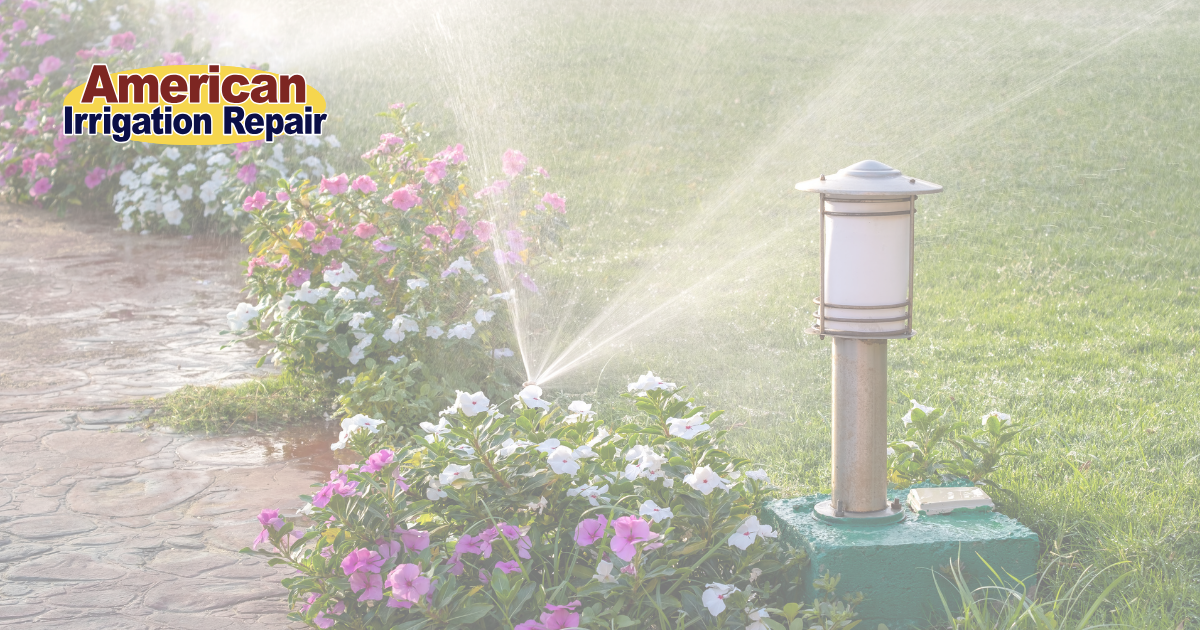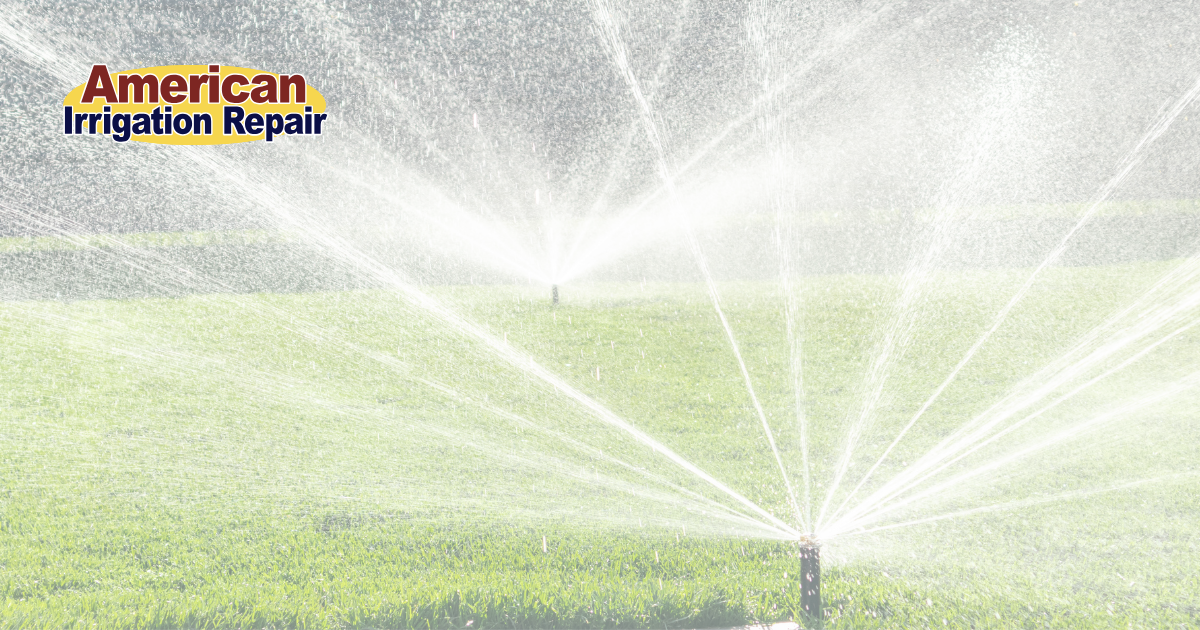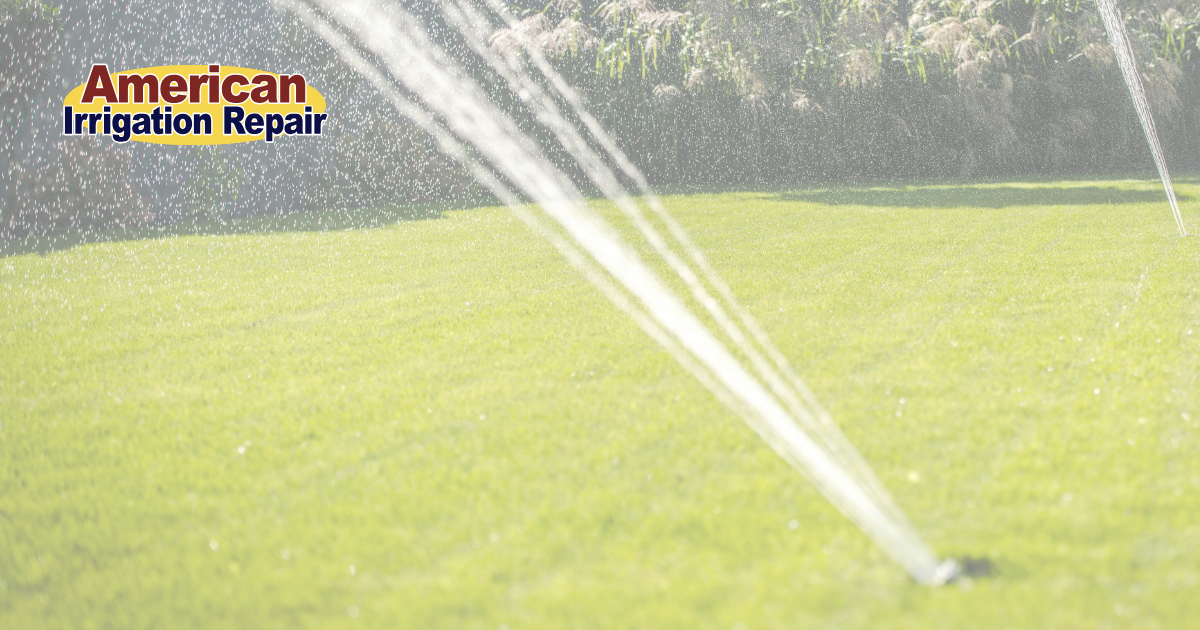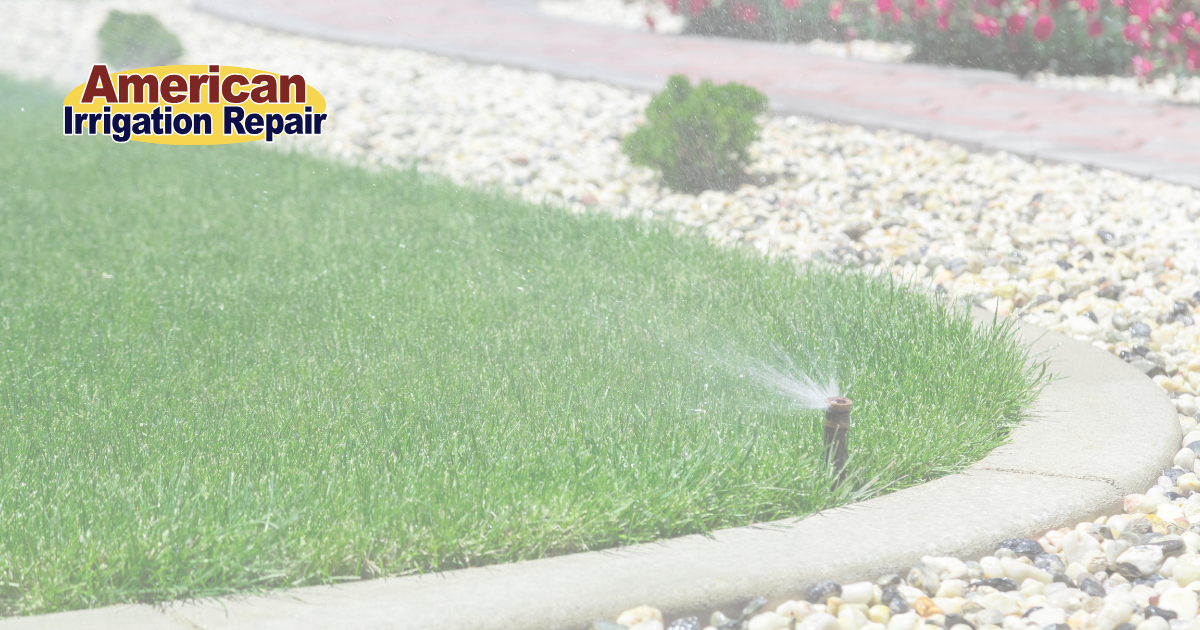How To Winterize Your Above Ground Sprinkler System
American Irrigation Repair is your trusted local sprinkler repair company serving customers in Round Rock, Austin, Round Rock, and the surrounding areas.
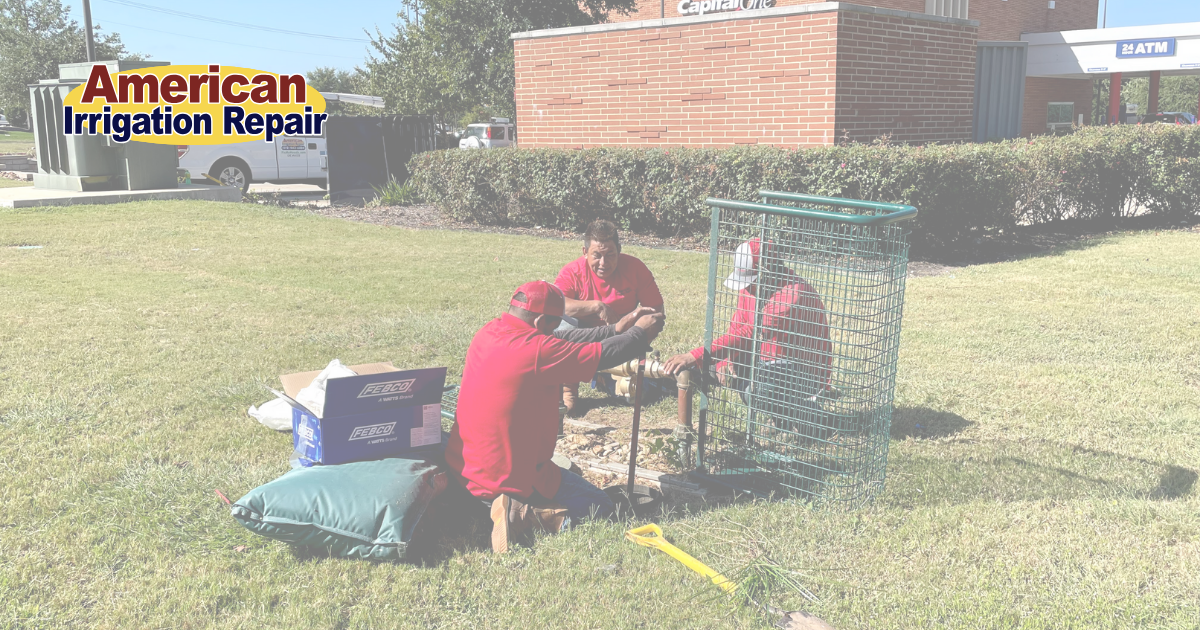
As winter wraps its chilly arms around Georgetown, TX, the community buzzes with the unique charm of the season. Picture the serene beauty of Blue Hole Park, transformed into a winter wonderland, where families gather to enjoy the crisp air and the soft crunch of frost underfoot.
In these cooler months, Georgetown’s residents find solace in cozy cafes, sipping hot drinks and planning their festive activities. However, as we revel in this seasonal magic, there’s an important aspect of home maintenance that shouldn’t be overlooked—our sprinkler systems.
The Importance of Winterizing Your Sprinkler System
In Georgetown, TX, where the winters can be unpredictable, safeguarding your home’s irrigation system is crucial. For many, sprinkler systems might not be on the top of their minds, especially when you’re more concerned about keeping your home warm and comfortable. However, the integrity of your sprinkler systems in winter can significantly impact its performance come spring.
American Irrigation is here to ensure that your lawn remains healthy and well-maintained, even in the heart of winter. If you’re unsure about the condition of your sprinkler systems in Georgetown, TX, or need professional assistance in preparing them for the winter months, contact us today.
A Vital Step for Sprinkler System Care
Winter in Georgetown, TX, brings its own set of challenges, not least of which is ensuring the safety and functionality of your home’s irrigation system. An often overlooked yet crucial aspect of winter home maintenance is determining whether your sprinkler system is properly shut off and protected from freezing temperatures. Check our FAQ guide to learn about what to do in the winter time for your lawn irrigation system.
This vital step can save you from costly repairs and ensure your lawn receives optimal maintenance once the warmer weather returns. In this article, we delve into the intricacies of properly winterizing your sprinkler systems in Georgetown, TX.
With American Irrigation’s expertise, homeowners in Georgetown can use these essential winter sprinkler system tips with confidence.
Below, we outline key strategies and techniques that ensure your system remains safe and efficient throughout the colder months, leading to a hassle-free spring and a lush, thriving lawn:
- Locating and identifying the double-check backflow preventer
- Steps to winterize the inground backflow preventer
- Understanding partial water removal
- Insulation as additional protection
- Anti-corrosion application for longevity
Locating and Identifying the Double Check Backflow Preventer
In winter, identifying the double-check backflow preventer (DCA) in your sprinkler system is crucial for water safety. This device, often found near the main shut-off valve or water meter, consists of two check valves. It prevents contaminated water from re-entering the clean water supply, which is essential for health and environmental safety.
The backflow preventer appears as a horizontal pipe connected to the water line with a vertical extension. While both double-check and reduced pressure zone (RPZ) valves serve similar functions, the RPZ discards any backward-flowing water in case of valve failure.
Steps to Winterize the Inground Backflow Preventer
Winterizing the inground backflow preventer is essential to protect your sprinkler system from freezing and damage in winter.
The key steps include:
- Shutting Off the Water Supply: Close the valve on the main water line to stop water flowing to your sprinkler system. Drain water between this valve and the backflow preventer.
- Adjusting Isolation Valves: Set the valves on either side of the backflow preventer to a 45-degree angle to prevent freezing and allow residual water to escape.
- Relieving Pressure Through Test Ports: Loosen the test cocks on the backflow preventer to reduce pressure and slow water flow, minimizing the risk of freezing. This step is crucial in cold months as moving water is less likely to freeze.
Understanding Partial Water Removal
When winterizing your sprinkler system, it’s important to understand the concept of partial water removal. This involves draining just enough water to prevent freezing and potential pipe bursts while leaving a small amount to maintain system pressure. Completely draining your sprinkler system could lead to vacuum issues or make re-priming difficult in spring.
The process usually entails shutting off the water supply, opening valves to allow some water to drain out, and possibly using an air compressor to expel the remaining water. This method is typically adequate for winter protection, especially in regions with milder freezing conditions.
Insulation as Additional Protection
Insulation is crucial for protecting the backflow preventer of your sprinkler system, especially during severe freezes. Above-ground components like backflow preventers are vulnerable to freezing temperatures.
Wrapping these components with foam pipe insulation can significantly reduce the risk of freezing. This insulation keeps the parts warm, preventing water inside from freezing and expanding, which could cause damage.
Additionally, using insulation pouches or jackets designed for backflow preventers provides extra protection. These specialized covers, often featuring UV resistance, waterproofing, and effective thermal resistance, are tailored to fit the assemblies snugly. Some even include heat tracing for added security in extremely cold conditions.
Application for Longevity
Implementing anti-corrosive measures in your sprinkler system is key to extending its lifespan. Corrosion, common in these systems, can lead to leaks, clogs, and even total system failure. This is particularly concerning in environments with high moisture exposure, where the risk of corrosion escalates.
Corrosion in sprinkler systems typically manifests as galvanic corrosion (occurring between different metals in the presence of an electrolyte like water), pitting corrosion (creating small holes in metal due to environmental factors), and general corrosion (uniform deterioration caused by oxygen, bacteria, or heat). Addressing these issues is essential to maintain the system’s efficiency and longevity.
Contact American Irrigation for Expert Sprinkler System Services
As we’ve explored the essential steps for winterizing your sprinkler systems in Georgetown, TX, it’s clear that proper maintenance is key to avoiding costly repairs and ensuring efficiency. From locating and insulating your backflow preventer to implementing anti-corrosion measures, these tips will help maintain the health of your system during the colder months.
Remember, the expert team at American Irrigation is always ready to assist with your sprinkler systems in Georgetown, TX. Don’t hesitate to reach out to us for professional help in safeguarding your irrigation system this winter. If you happen to have a sprinkler system below ground then check out this post.
Contact American Irrigation today at (512) 943-6080 and ensure your sprinkler system is prepared for whatever the season brings!
